 | Benjamin Martin - Science - 1747 - 398 pages
...former. (2.) When the Prop is at one End, the Power applied at the other, and the Weight between both. (3.) When the Prop is at one End, the Weight at the other, and the Power applied between both. (4.) The bended Lever, which differs only in Form from the firft Sort. (5.) When the Prop is... | |
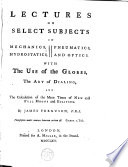 | James Ferguson - 1764 - 322 pages
...additional power will be fufficient to raife the weight. There are four kinds of levers, i. The common fort, where the prop is placed between the weight and the...bended lever, Which differs only in form from the firft fort, but not in property. Thofe of the firft and fecond kind are often ufed in mechanical engines;... | |
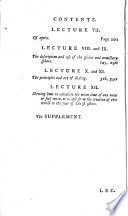 | James Ferguson - Astronomy - 1776 - 546 pages
...will be fujfisiont to raifc the weight. -""$ Jjr, There are four kinds of levers, i. The common fort, where the prop is placed between the weight and the...bended lever, which differs only in form from the firfl fort, but not in property. Thofe of the lirit and fecond kind are often ufed in mechanical engines-,... | |
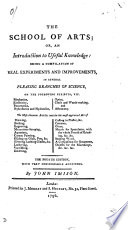 | John Imison - 1796 - 476 pages
...There are four kinds of levers. 1 . The common fort, when the prop is placed between the weight and power ; but much nearer to the weight than to the...bended lever, which differs only in form from the firft fort, but not in property. Thofe of the firft and fecond kind arc often ufed in mechanical engines;... | |
 | Thomas Hodson - Education - 1802 - 556 pages
...other end, and the weight between them. 3. Where the prop is at one end, the weight at the other end, and the power applied between them. 4. The bended lever, which differs from a lever of the firft fort only in being bent. Levers of the firft and fecond kind are often ufed... | |
 | Thomas Hodson - Arithmetic - 1806 - 488 pages
...other end, and the weight between tljem. 3. Where the prop is at one end, the weight at the other end, and the power applied between them. 4. The bended lever, which differs from a lever of the firft fort only in being bent. Levers of the iirfi. and fecond kind are often ufed... | |
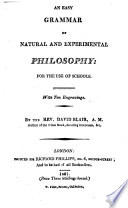 | Sir Richard Phillips - Electricity - 1807 - 212 pages
...turning on hinges, cutting knives which. are fixed at one end. 68. A lever of the third kind, is'when the prop is at one end, the weight at the other,. and the power applied hetween them. Here the power must exceed the weight, in thesame proportion as the distance of the weight... | |
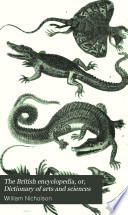 | William Nicholson - 1809 - 734 pages
...fastened at, or near the point of the blade ; also in oars moving a boat, the water being the fnlcrnm. ;i. When the prop is at one end, the weight at the other, and the power applied between them, as in tongs, sheers, &c. The lever of the first kind is principally used for loosening large stones... | |
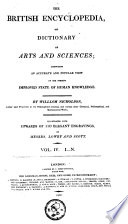 | William Nicholson - Natural history - 1809 - 700 pages
...fastened at, or near the point of the blade ; also in oars moving a boat, the water being the fulcrum. 3. When the prop is at one end, the weight at the other, nnd the power applied between them, as in tongs, sheers, &c. The lever of the first kind is principally... | |
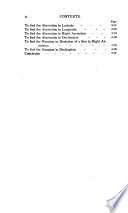 | John Ewing - Astronomy - 1809 - 672 pages
...the fulcrum is at one end, the power at the other, and the weight between them; 3. Where the fulcrum is at one end, the weight at the other and the power between them; 4. When the fulcrum is placed at equal distances between the power and weight, and then... | |
| |